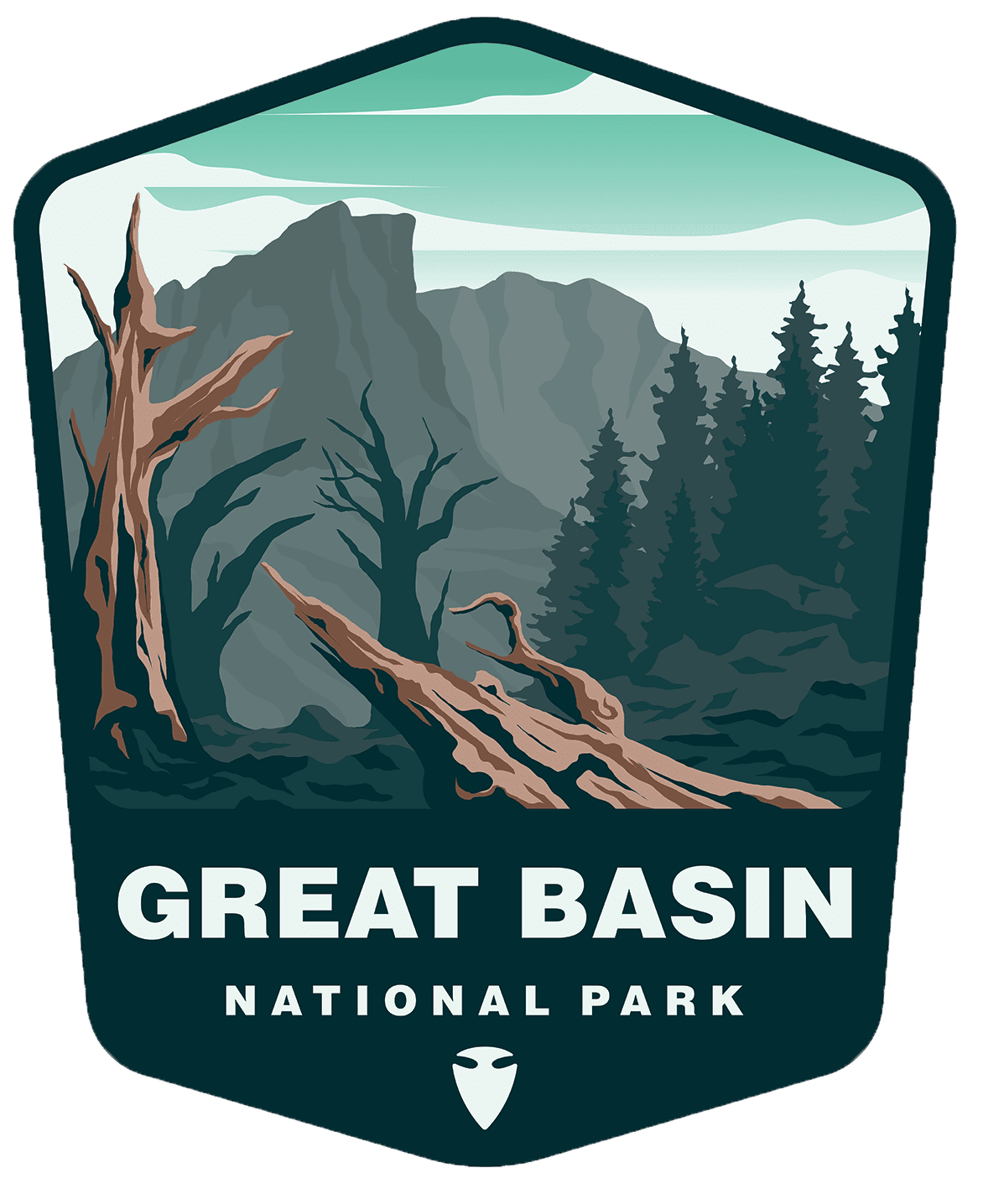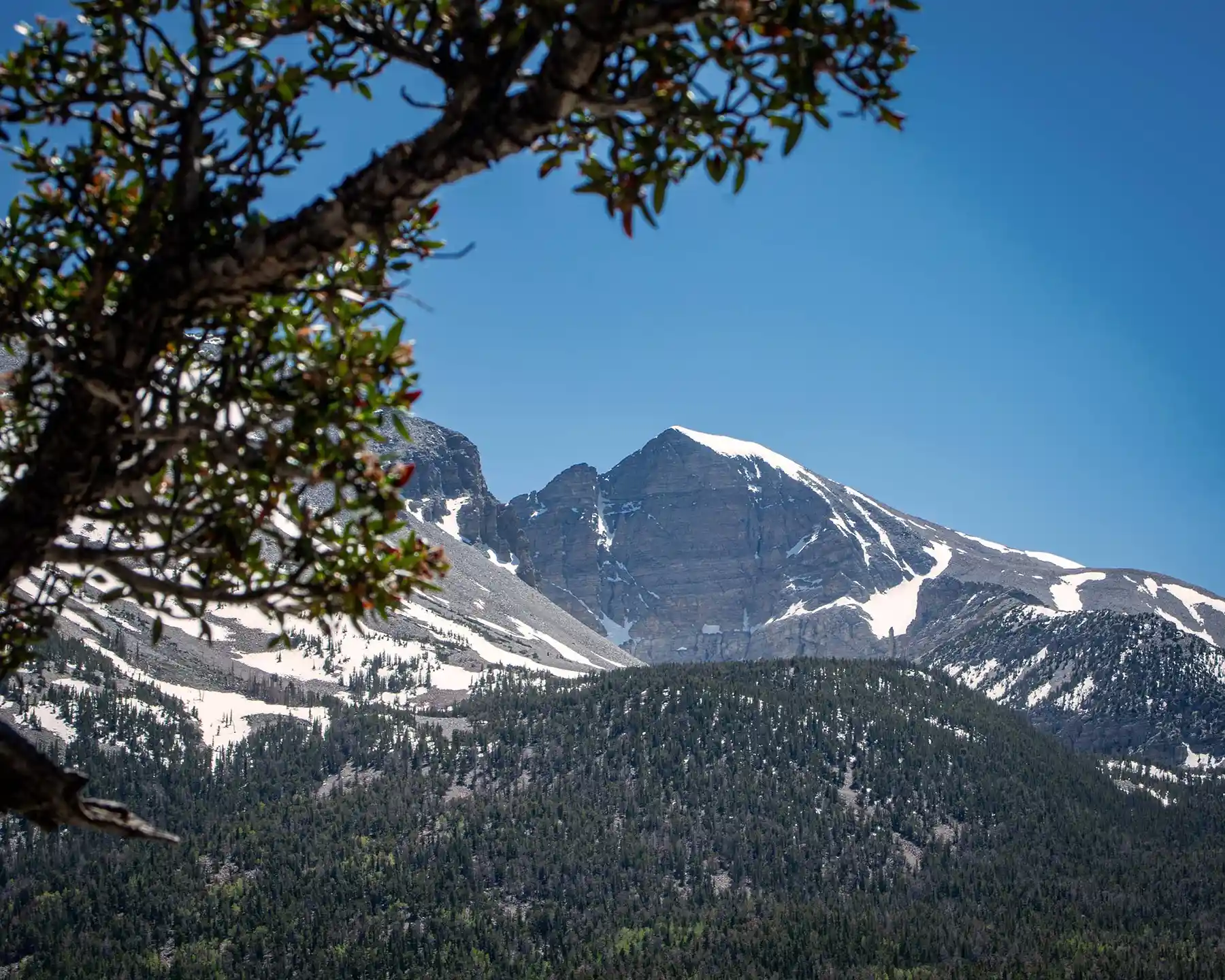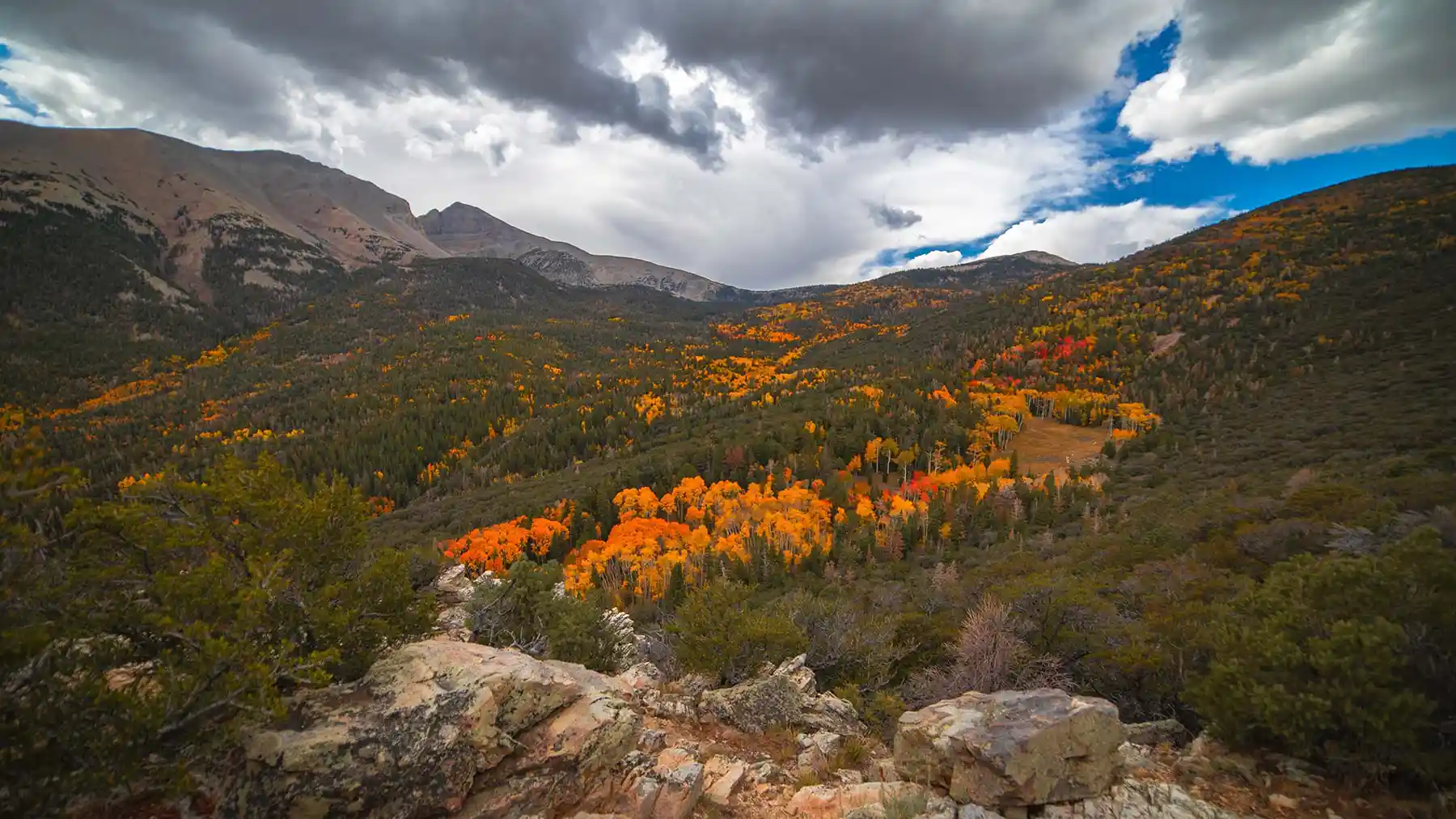Wild Wanderers Almanac
Great Basin National Park History


The History of Great Basin National Park
Located in eastern Nevada, Great Basin National Park is a land of rich history, cultural heritage, and stunning natural beauty. While today it is known for its rugged mountain peaks, ancient forests, and dark skies, its past is filled with stories of indigenous peoples, explorers, miners, and conservationists who shaped the landscape we see today.
Indigenous Roots
For thousands of years, the Great Basin region was home to Native American tribes, including the Western Shoshone and Paiute peoples. These indigenous groups thrived in the region’s harsh environment, relying on seasonal migration, hunting, and gathering for sustenance. Their knowledge of the land allowed them to adapt to extreme temperature variations and limited water sources. Today, their presence is still felt in the petroglyphs, artifacts, and traditions that remain in and around the park.
Early Explorers and Settlers
The first recorded European exploration of the region occurred in the 1800s when fur trappers and mountain men traveled through the area. By the mid-19th century, pioneers and settlers began moving westward along the Overland Trail, seeking new opportunities and land. The discovery of gold and silver in Nevada in the late 1800s led to a mining boom, with small settlements popping up around the region. Although most of these mining towns eventually became ghost towns, they played a crucial role in the area’s history.
The Discovery of Lehman Caves
One of the park’s most famous features, Lehman Caves, was discovered in the late 1880s by Absalom Lehman, a local rancher. Recognizing its beauty and unique formations, Lehman began giving tours to visitors, drawing early explorers to the region. The caves became a protected site in 1922 when they were designated as Lehman Caves National Monument by President Warren G. Harding.

The Road to National Park Status
In the 20th century, conservation efforts increased as people recognized the ecological and cultural significance of the Great Basin area. Scientists and environmentalists advocated for the protection of the region’s diverse landscapes, including the ancient bristlecone pine forests and alpine ecosystems. Their efforts culminated in 1986 when Congress established Great Basin National Park, merging Lehman Caves National Monument with surrounding federal lands to create the park we know today.
A Modern Treasure
Since its establishment, Great Basin National Park has remained a haven for outdoor enthusiasts, scientists, and those seeking solitude. The park’s commitment to preserving its natural and cultural heritage continues, allowing visitors to explore its breathtaking caves, towering peaks, and star-filled skies. Today, Great Basin remains one of the least-visited national parks, offering a unique opportunity to experience unspoiled wilderness and a deep sense of history.
Great Basin National Park is more than just a scenic destination—it’s a place rich with history, from its indigenous roots to its role in American exploration and conservation. Whether you’re visiting to hike, stargaze, or learn about the past, the park provides an unforgettable experience and a glimpse into the ever-changing story of the American West.



